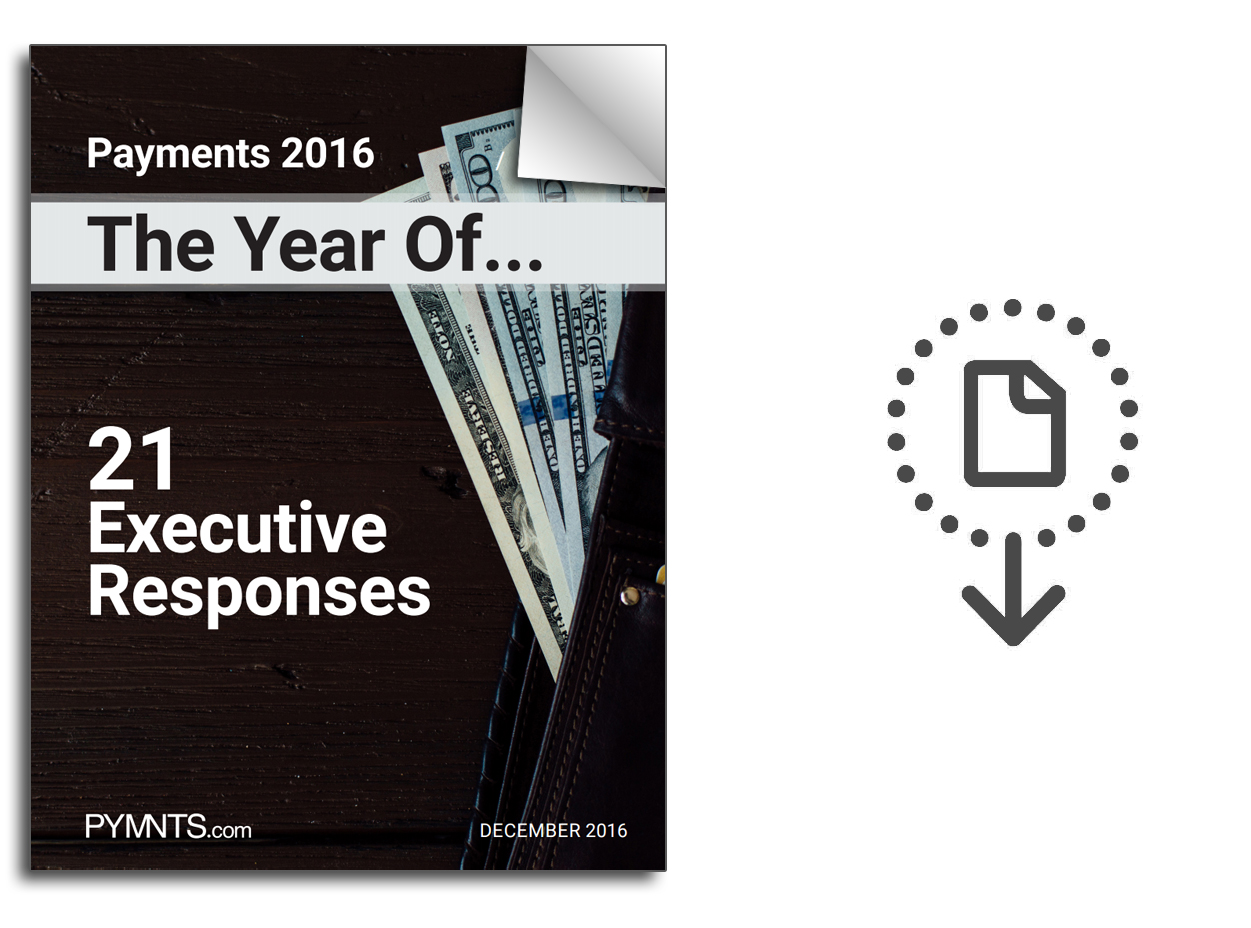Payments 2016: The Year Of The Chip

As part of the “Payments 2016, The Year Of…” eBook, Steven Cole, senior product manager of EMV at Vantiv, joined PYMNTS to share his thoughts on one of the biggest and most significant changes in the U.S. payments landscape — the EMV liability shift — and why 2016 may have been the year of the chip.
PYMNTS consulted 21 payments executives from across the industry to share their insights on the biggest takeaways from 2016 as part of the “Payments 2016, The Year Of…” eBook. We posed the same question to each executive:
If you had to answer the question, Payments was the year of …, how would you answer, and how does your answer change your world — and the world of payments,more broadly?
Here is the response from Steven Cole, Senior Product Manager, EMV, Vantiv…
Payments 2016: The Year Of The Chip
The year 2016 saw a sea change in the payments landscape. With the EMV liability shift taking effect in October 2015, the part of the merchant community in the United States that hadn’t migrated to EMV saw chargebacks for counterfeit card fraud skyrocket. This led those merchants to significantly accelerate their EMV implementation programs. At the same time, many merchants that had migrated found their implementations resulted in much slower checkout experiences for their customers.
This slowdown at the checkout resulted from a number of factors, including inefficient code designs, excessive screen prompting and unclear messaging to the customer. Cardholders were unsure of when to swipe and when to “dip,” when to insert their card even if they knew to dip, where to dip their card, how long to leave their card in the terminal and the difference between the two “debit” prompts they would often see at many merchants. The negative cardholder experience was further exacerbated by the substantial differences consumers would experience from one merchant to the next.
In response to the chorus of voices complaining about this situation, the global payment networks began releasing guidance on faster chip processing methods. These come out under the names “Quick Chip” and “M/Chip® Fast” with the goal of optimizing the cardholder experience and reducing the amount of time the card was in the terminal and the customer was in line. While these initiatives are expected to provide improvements at the checkout, they came too late for many merchants who were already live or in the midst of deploying their newly certified “standard” EMV solution. Another consequence of the dismal checkout experience (which was not necessarily intended but not unwelcome, either) was the uptick in the interest of contactless payments.
Contactless payments, which had been close to being declared dead a few years ago, got a boost from not only the rocky EMV rollout but also the announcement by Apple to support NFC in its iPhone products. Banks are beginning to showing interest in issuing dual-interface cards (cards that can be used in a contact or contactless mode). In the meantime, various merchants decided the best place to address their EMV concerns was in the courts and began launching lawsuits at the payment brands and major issuers.
Although the chip dominated the headlines in 2016, the inevitable march toward full EMV adoption exposed other payments security concerns — concerns around the things that EMV doesn’t address, such as card-not-present fraud and securing the card data itself. While EMV will most certainly clamp down on fraud at the card-present point of sale, it will also most certainly drive fraud to the online eCommerce channel. Also, reducing the fraudulent use of card data doesn’t prevent the actual theft of that data. To address these significant and growing threats, many in the payments industry have turned their focus to tools like tokenization, the next generation of 3-D secure, device authentication and geo-fencing to not only improve security but also reduce friction during online checkout. As the noise of the EMV migration fades over the horizon, 2017 will be known as the Year of Security.
. . . . . . . . . . . . . .

